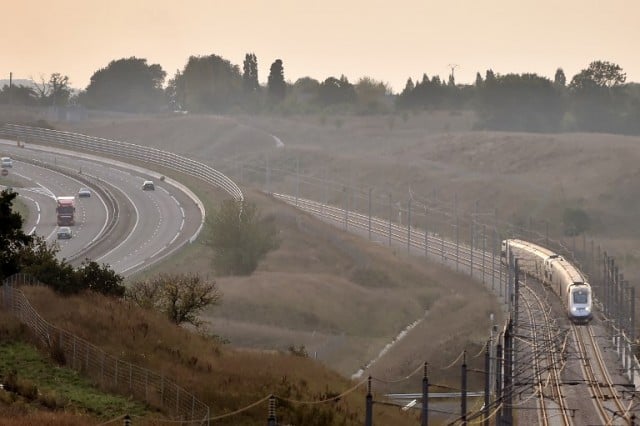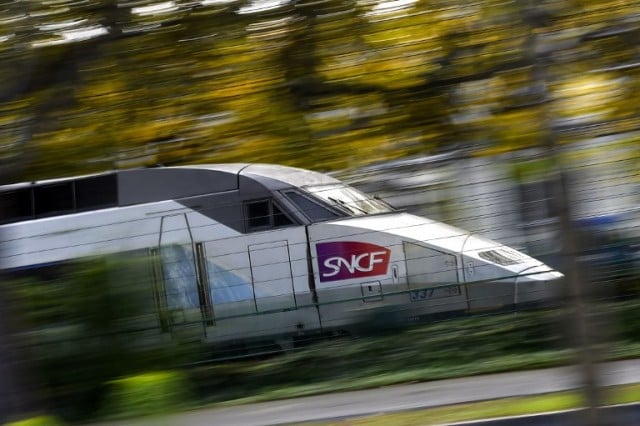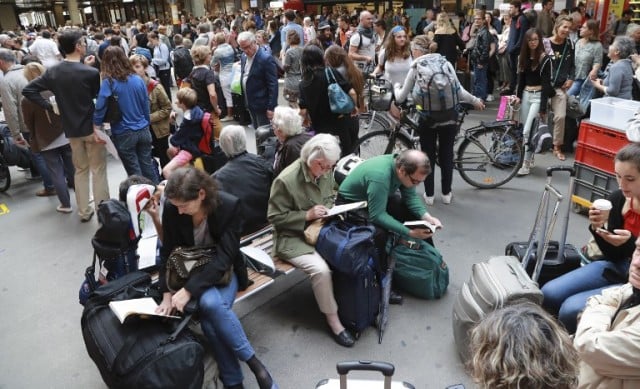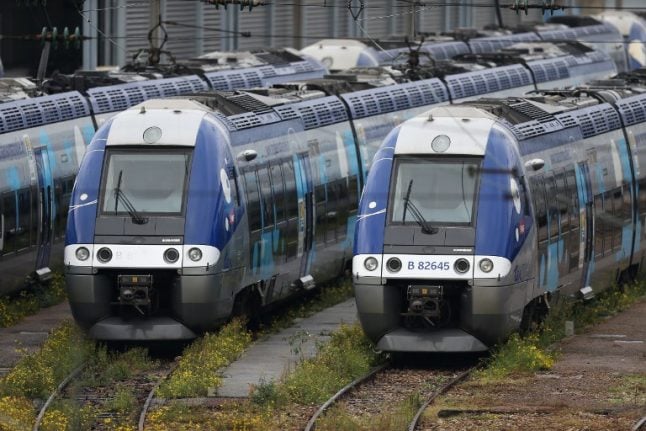- Everything you need to know about taking the train in France
- France could cut number of stations served by TGV trains
- 'Forget the strikes: I love French trains'



France prides itself on its rail service (or at last its TGV trains), but a new report suggests it is not in rude health. Here are the key numbers that tell the story of the state of French rail.



